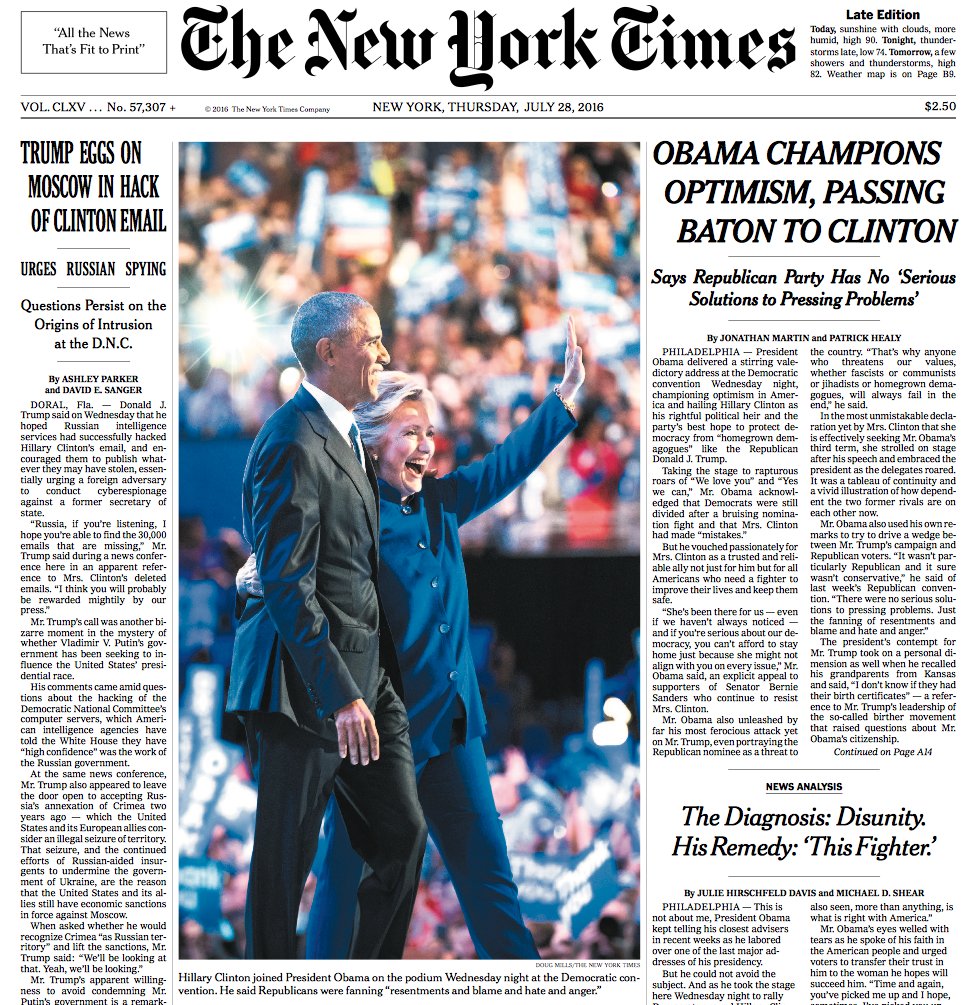

Lawrie Mifflin, editor overseeing television and video.David Leonhardt, economics and business columnist.Tom Jolly, sports editor, answered questions in August 2006, February 2008 and December 2008.Wendell Jamieson, deputy metropolitan editor for the Web.Larry Ingrassia, business editor, answered questions twice.Bruce Headlam, media and marketing editor.John Harwood, chief Washington correspondent of CNBC and a political writer for The New York Times.Amy Harmon, national correspondent covering the impact of science and technology on American life.Linda Greenhouse, former Supreme Court reporter.David Gallagher, deputy Technology editor.Ann Derry, editorial director of video and television.Suzanne Daley, national editor, answered questions twice.Sewell Chan, bureau chief of the City Room blog.Bill Carter and Jacques Steinberg, television reporters.David Carr, culture reporter and business columnist.Jane Bornemeier, editor of New York Times Radio.Walt Bogdanich, assistant editor on the Investigative desk.Jan Benzel, Weekend Arts section editor.Martin Gottlieb, global edition editor, with responsibility for The International Herald Tribune.Whitney, assistant managing editor overseeing journalistic standards, answered questions twice. Michele McNally, assistant managing editor for photography, answered questions twice.

Gerald Marzorati, assistant managing editor and editor of The Times Magazine, answered questions twice.Glenn Kramon, assistant managing editor for enterprise, answered questions twice.Berke, assistant managing editor for news, answered questions twice. Jonathan Landman, deputy managing editor, answered questions twice.John Geddes, managing editor, answered questions twice.Jill Abramson, managing editor, answered questions in November 2006, January 2009 and September 2009.Bill Keller, executive editor, answered questions twice.If there is a Times staff member you would like to see as a guest in Talk to The Times, please e-mail your suggestion following newsroom staff members have answered questions in this column: And at time where social media presents the opportunity for new kinds of engagement between the audience and media, business executives hope for branding opportunities while journalists fail to truly interact with their readers.Talk to The Times invites readers to submit questions for Times editors, reporters, columnists and executives. Interactivity, inspired by the new user-computer directed capacities online and the immersive Web environment, brings new kinds of specialists into the newsroom, but exacts new demands upon the already taxed workflow of traditional journalists. Immediacy forces journalists to work in a constant deadline environment, an ASAP world, but one where the vaunted traditions of yesterday's news still appear in the next day's print paper. These values emerge from the social practices, pressures, and norms at play inside the newsroom as journalists attempt to negotiate the new demands of their work. Immediacy, interactivity, and participation now play a role unlike any time before, creating clashes between old and new. The book argues that emergent news values are reordering the fundamental processes of news production. This news ethnography brings to bear the overarching value clashes at play in a digital news world.


 0 kommentar(er)
0 kommentar(er)
